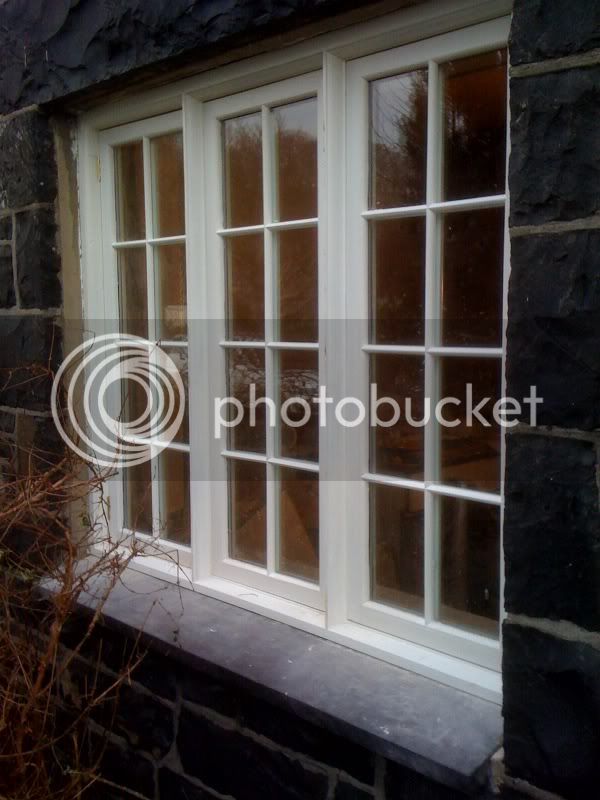MikeG.
Established Member
Following comment in another thread about my finger joint jig, here are a few photos that show how it works:
I thought I might make a box out of scrap just for the purposes of this exercise:

This is a top view of the jig:

This is the under-view. The key thing to note is the register piece (arrowed), which either sits along the edge of the boards, or sits in the first groove:

The jig is made for a specific follower, and a specific cutter:

Workpieces clamped together and held in the vice. The jig is then offered up and clamped, with the guide hard up against the RH edges:

Underview:

Rout away! Sensibly you should use a bit of waste to prevent breakout, but I didn't bother:

This is the result after the first position of the jig. I cuts out holes numbered 1, 3, 5 etc, so you then move the jig into its next position, with the guide in the first slot, to cut out numbers 2, 4 6 etc:


One completed end. It is perfectly possibly (and indeed more accurate) to do large numbers of pieces at once. I last used it to make 8 drawers at once, so doing all the sides in one go and all the ends in another meant 16 pieces each time in one pass:

This helps visualise the setting up:

Ah.........its all gone horribly wrong!!!!
The reason is that I used a new cutter, which I had bought as being the same size as an old one, but it turns out it is 9.2mm in diameter compared with 9.0mm for the old one.

So, I am either going to have to buy a new cutter, or make a new jig. I may well do the latter, and machine it out of 6mm aluminum plate rather than MDF. But this give you an idea of how it works. With the right cutter it is beautifully accurate.
Mike
PS Box abandoned!!!
I thought I might make a box out of scrap just for the purposes of this exercise:

This is a top view of the jig:

This is the under-view. The key thing to note is the register piece (arrowed), which either sits along the edge of the boards, or sits in the first groove:

The jig is made for a specific follower, and a specific cutter:

Workpieces clamped together and held in the vice. The jig is then offered up and clamped, with the guide hard up against the RH edges:

Underview:

Rout away! Sensibly you should use a bit of waste to prevent breakout, but I didn't bother:

This is the result after the first position of the jig. I cuts out holes numbered 1, 3, 5 etc, so you then move the jig into its next position, with the guide in the first slot, to cut out numbers 2, 4 6 etc:


One completed end. It is perfectly possibly (and indeed more accurate) to do large numbers of pieces at once. I last used it to make 8 drawers at once, so doing all the sides in one go and all the ends in another meant 16 pieces each time in one pass:

This helps visualise the setting up:

Ah.........its all gone horribly wrong!!!!
The reason is that I used a new cutter, which I had bought as being the same size as an old one, but it turns out it is 9.2mm in diameter compared with 9.0mm for the old one.

So, I am either going to have to buy a new cutter, or make a new jig. I may well do the latter, and machine it out of 6mm aluminum plate rather than MDF. But this give you an idea of how it works. With the right cutter it is beautifully accurate.
Mike
PS Box abandoned!!!

































